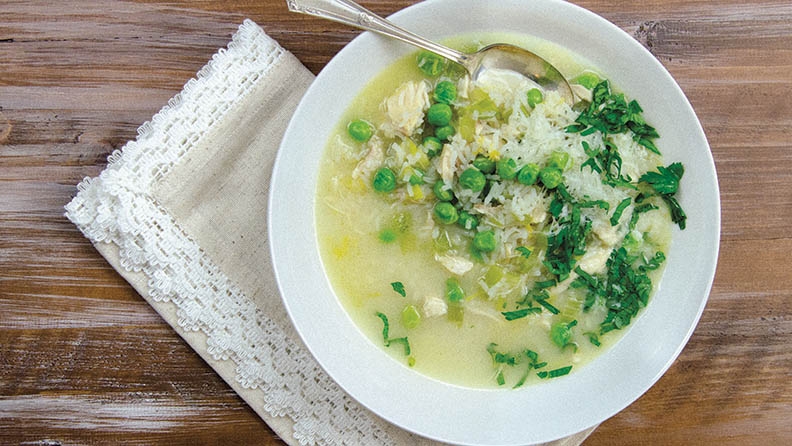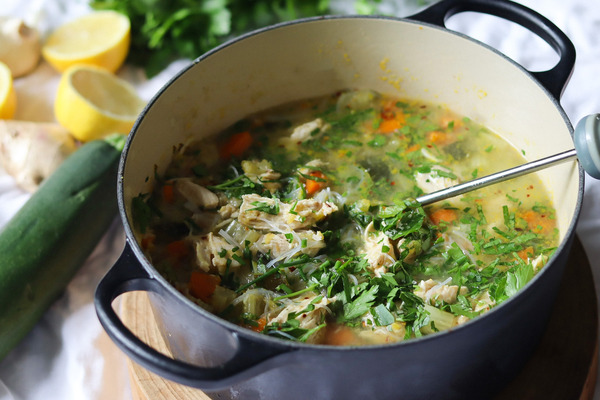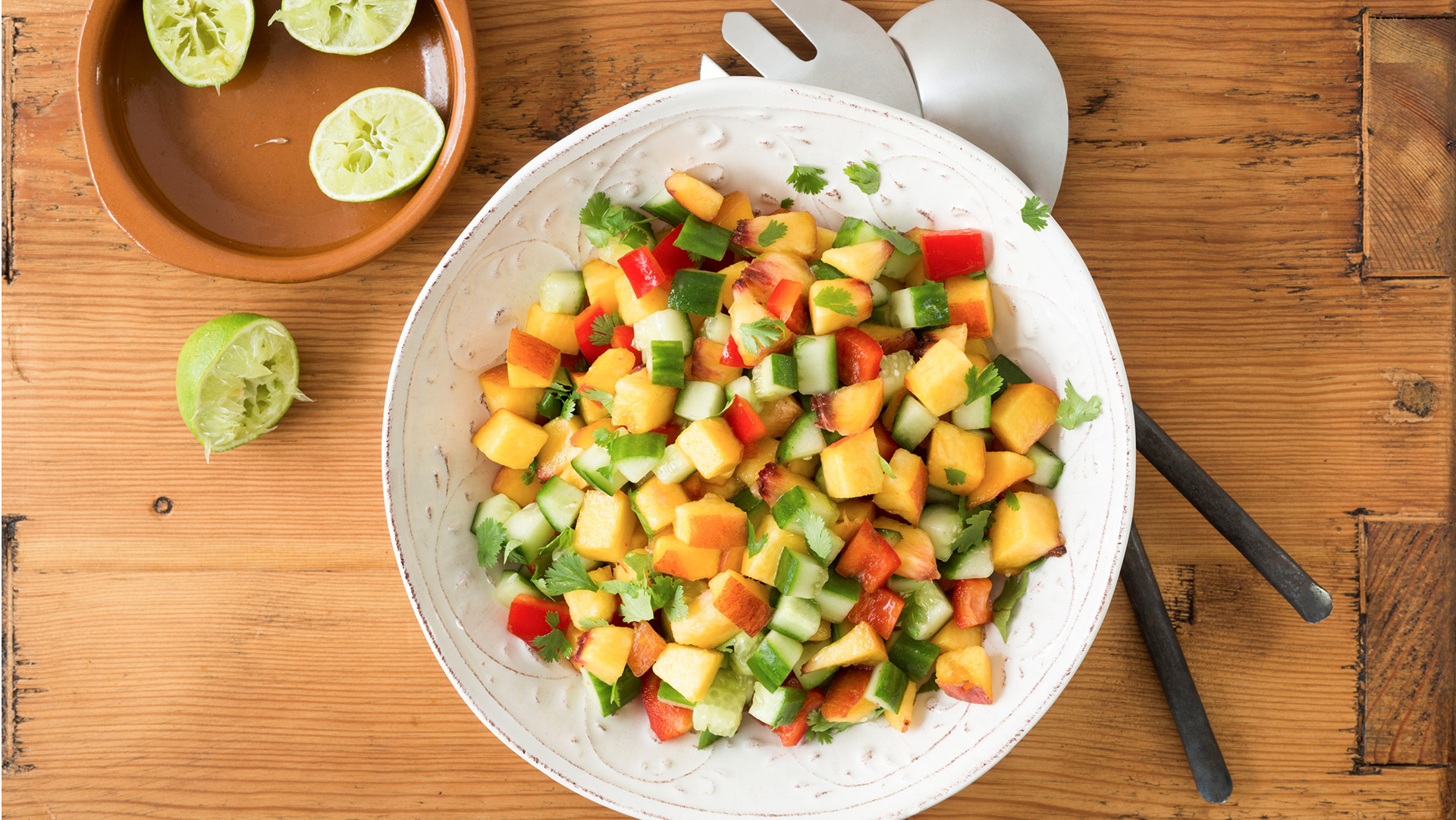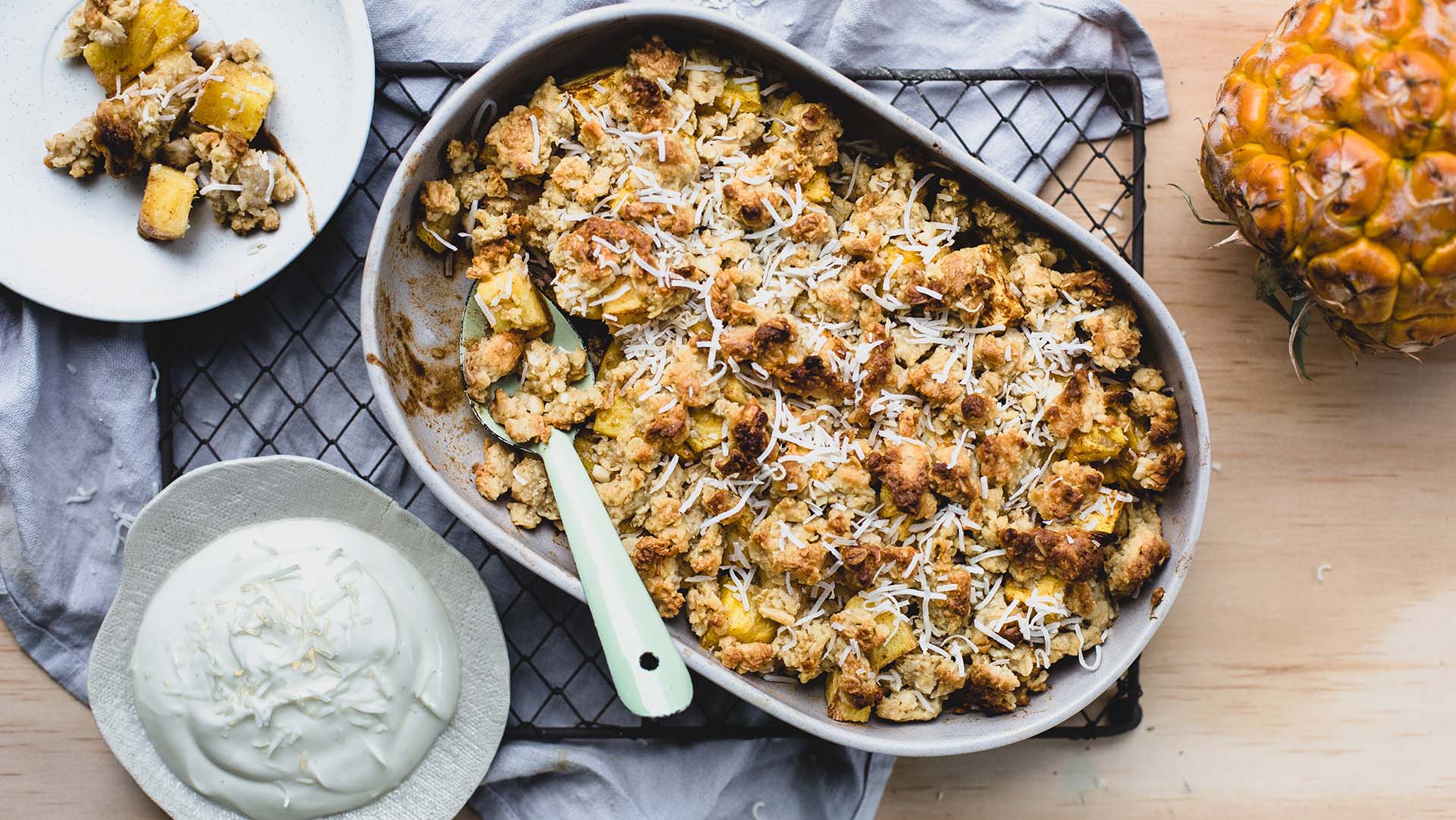-
When we eat for our health, we tend to focus on the types of foods and portion sizes on our plate. We usually aim to eat a variety of foods and colours to get a diverse range of nutrients and nourish our body.
However, we don’t often think about what foods we are pairing on our plate and how this can affect our body’s ability to absorb those nutrients. This is known as ‘nutrient pairing’. It’s like a nutrient connection that can affect how much of the nutrients in our food our body can ‘take in’ or absorb.
Our body’s ability to absorb the nutrients in our food is also known as ‘bioavailability’ – basically, how available the nutrients are for our body to absorb. Some foods when paired together can boost the absorption of certain nutrients by our body. This means you can pair food combinations to get the most value from them, leading to better wellbeing.
So what nutrients or foods should you eat together to get the most from them? Here are a few perfect pairs to get to know.
Iron and vitamin C
Iron is an essential mineral that our body needs to help transport oxygen, maintain a healthy immune system and produce energy. Iron is a tough nutrient to absorb, with only around 18% of iron being absorbed from a traditional Western diet.
A simple way to help your body better absorb iron is to pair it with foods containing vitamin C in a single meal. Vitamin C helps your body to break down the iron and absorb it more easily.
This pairing works for iron that is plant-based (known as ‘non-haem’), which can be found in foods such as lentils, chickpeas, beans, nuts, seeds and leafy green vegetables.
Combinations to try:
- Almond crusted lamb, mixed beans, spinach and feta salad with citrus dressing
- Orange and lemon baked chicken with lentil salad (lentils, freekeh, spinach, sunflower seeds and dried cranberries)
What nutrients should you pair together?
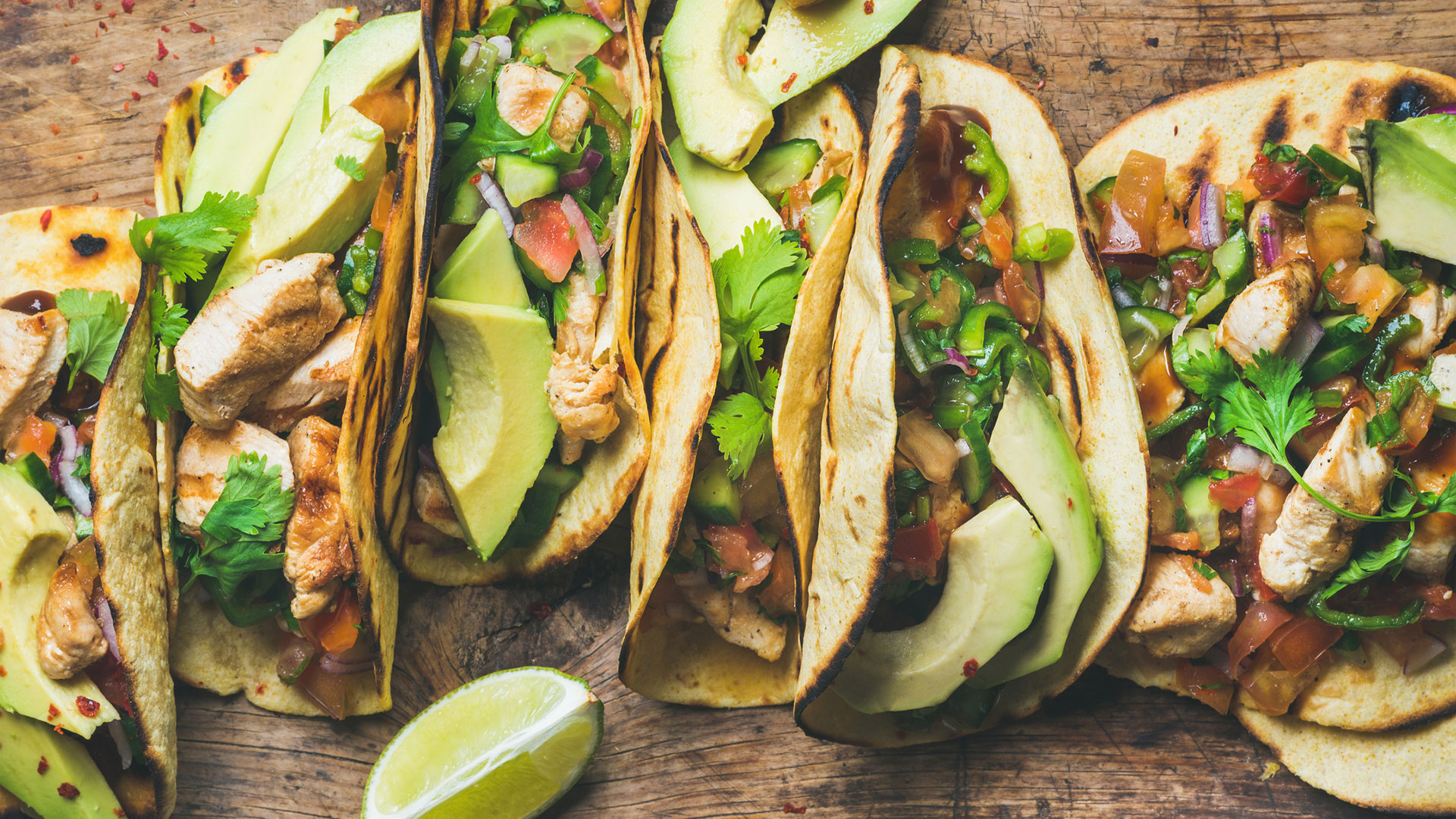
-
Calcium and vitamin D
Calcium is an important nutrient that helps keep our bones, teeth, muscles and heart healthy. A lack of calcium over time can lead to osteoporosis and other bone health issues.
An easy way to boost your calcium absorption is to pair it with foods containing vitamin D. This pairing works as the active form of vitamin D enhances the absorption of calcium in our small intestine.
Vitamin D is mainly known as coming from the sun, but it can also come from food sources such salmon, mackerel, eggs (yolks), cheese and fortified products like margarine, dairy, cereals, orange juice and soy milk.
Combinations to try:
- Baked salmon with herbed yoghurt topping
- Cheesy broccoli and spinach omelette
Protein and healthy carbs
Fad diets usually cut out core food groups, with carbs being labelled as the culprit. However, carbs are important to include in a balanced diet, as they are our first source of energy and fuel our brain, metabolism and vital organs.
When we eat a meal with both protein and healthy carbs, the protein will take longer to break down into smaller building blocks and digest than the carbs. This is useful as it helps to slow down carb digestion and prevent blood sugar spikes in our bloodstream. Teaming up protein and healthy carbs can help steady your blood sugar levels, keep you feeling fuller for longer and give you a sustained release of energy throughout the day.
So don’t be scared of including healthy carbs. Just pair them up with a good source of protein for better digestion.
Combinations to try:
- Overnight oats with Greek yoghurt, blueberries, mixed nuts and seeds
- Moroccan chicken, hummus and salad multigrain wrap
Now all you need to do is start ‘pairing for health’ and enjoy the nutritional benefits of tasty food combinations.
-
Is sharing a meal the secret ingredient to a happier life?
Why social connection may be the most important ingredient on your plate.
-
Chicken soup with parmesan, rice, peas and lemon recipe
Nourishing chicken soup
-
The best immunity-boosting foods
Key nutrients to focus on that could help to boost your immunity, and the how to get them.
-
Comforting chicken noodle soup
Packed with anti-inflammatory ingredients including leek, garlic and ginger, this chicken noodle soup is hearty, full of goodness and great for any night of the week.
-
Peach salsa recipe
Zesty and unusual peach salsa recipe
-
Pineapple gingerbread crumble recipe
A summer riff on a winter classic.
Subscribe to receive the best from Live Better every week. Healthy recipes, exercise tips and activities, offers and promotions – everything to help you eat, move and feel better.
By clicking sign up I understand and agree to Medibank's privacy policy


